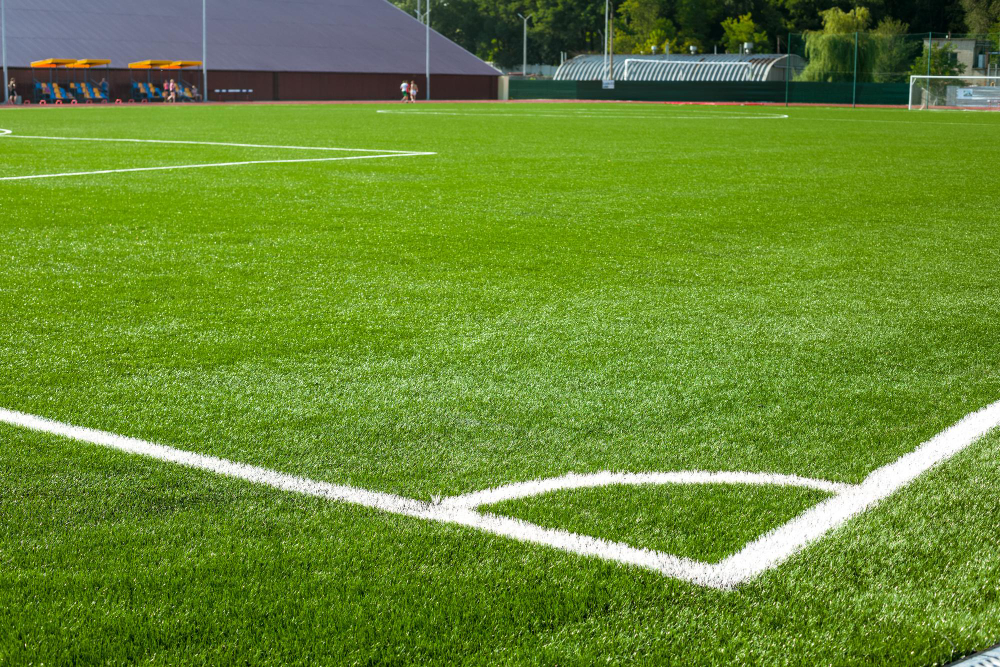Common Mistakes to Avoid With Your Artificial Athletic Turf

Artificial athletic turf is a popular alternative to natural grass due to its durability and ease of maintenance. It allows athletes to train and compete in a safe and efficient environment, all year round, regardless of the weather conditions. However, improper installation and maintenance can lead to a number of problems that can affect the longevity and performance of your synthetic turf. In this blog post, we will discuss the common mistakes to avoid with your artificial athletic turf.
1. Choosing the Wrong Turf
One of the most common mistakes homeowners and facility managers make is selecting the wrong type of turf for their needs. Every athletic field requires a specific type of artificial grass, and choosing the wrong one can lead to issues with drainage, performance, and durability. Consult with a professional turf company to find the best option for your needs.
2. Inadequate Base Preparation
The foundation of synthetic turf is just as important as the grass itself. Without proper base preparation, the turf can sink and shift, leading to uneven playing surfaces. Make sure your installation company takes the time to properly compact and level the ground before laying the artificial grass.
3. Poor Drainage
One of the advantages of synthetic turf is that it provides better drainage than natural grass. However, improper drainage can still occur if the installation company does not pay careful attention to the slope and water flow of the field. Proper drainage is crucial for athlete safety and preventing water damage to the turf.
4. Overuse of Chemicals
It is important to properly care for your synthetic turf to maintain its appearance and longevity. However, using too many chemicals, such as pesticides and herbicides, on the turf can not only harm the environment but also damage the turf itself. Consult with a turf maintenance specialist to determine the best approach for treating your artificial turf.
5. Neglecting Regular Maintenance
Synthetic turf requires regular maintenance to preserve its performance and appearance. Neglecting maintenance tasks, such as infill replenishment, brushing, and cleaning, can lead to compaction, reduced shock absorption, and permanent damage to the fibers. Make sure to set up a regular maintenance plan to keep your turf in optimal condition.
Conclusion
Artificial athletic turf can be a valuable investment for any sports facility or homeowner. However, it is important to avoid these common mistakes to ensure the longevity, performance, and safety of your synthetic turf. From selecting the right turf to providing adequate maintenance, proper care and attention can go a long way in preserving your investment. If you're looking for Athletic turf installation in Florida, contact From The Ground Up Landscaping today for free estimates.